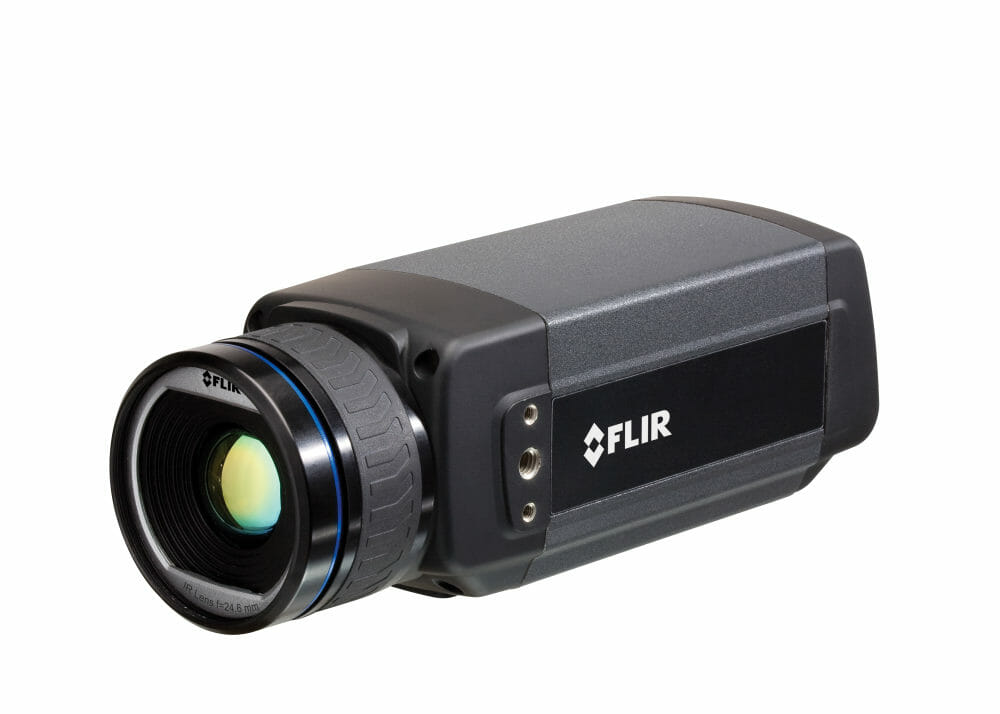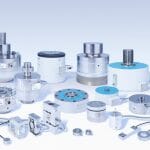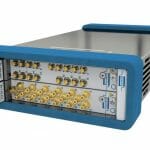Plastics play an increasingly important role in product design and IR welding is a popular method of joining these components. For one manufacturer of instrument panels and cockpit systems, Yanfeng Automotive Interiors, IR welding has proved a sound investment and it is complemented by FLIR thermal imaging to monitor the efficiency of the process. This technology is responsible for ensuring consistent welding quality, high product throughput and reduced wastage.
Yanfeng Automotive Interiors uses IR welding on the defroster grille for the Ford Escape vehicle. During the process, two halves of the product are held rigidly in position near the infrared platen to melt the joining surfaces. The platen is then removed and the two parts driven together to re-solidify under pressure.
Management realised shortly after installing this new technology, there was no real way of telling if the weld had succeeded, except by conducting a visual check after the heat cycle had been completed, effectively stopping production. Also, as two pieces per hour were taken for sample inspection, the method could not ensure 100% product quality.
Thermal imaging to ensure the integrity of the weld made clear sense and Yanfeng chose continuous monitoring of thermal performance with FLIR A315 fixed mounted thermal imaging cameras. Not only did this allow quality to be controlled automatically but also without incurring production downtime.
The FLIR A-Series range is widely used in the automotive industry for checking the functionality of a variety of systems such as heated car seats, windscreen demisters and exhaust systems. The compact nature of these cameras allows them to be installed discretely in any production system and integrated into the control network so that all thermal anomalies are detected automatically.
Following successful trials, four FLIR A315 thermal imaging cameras were installed on the Yanfeng IR welding machine responsible for joining the defroster grille. Together they monitor 40 regions of interest on the plastic parts after the heat cycle. In combination with dedicated analysis software, they recognise when a registered temperature is within the upper and lower control limits that determine a good weld.
If the temperatures fall within the acceptable range, a pass signal is sent to the machine’s PLC and the welding process continues. If not, the software analytics register a fail that suspends the process, allowing the operator to conduct a visual check of the part and restart the operation.





